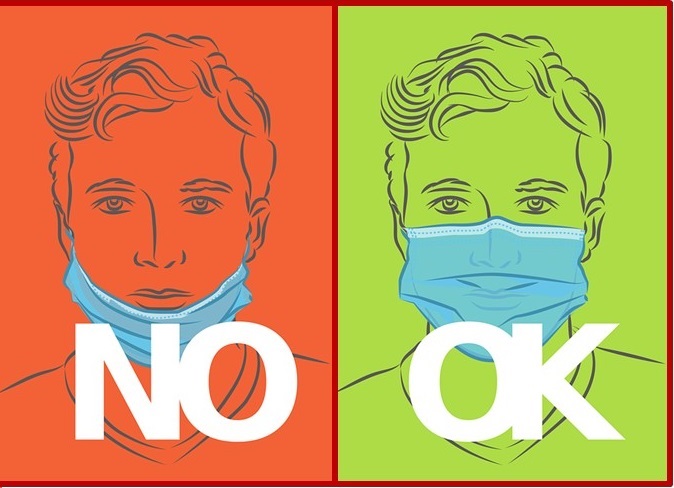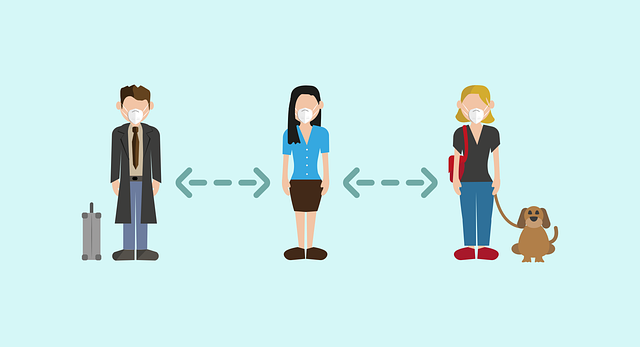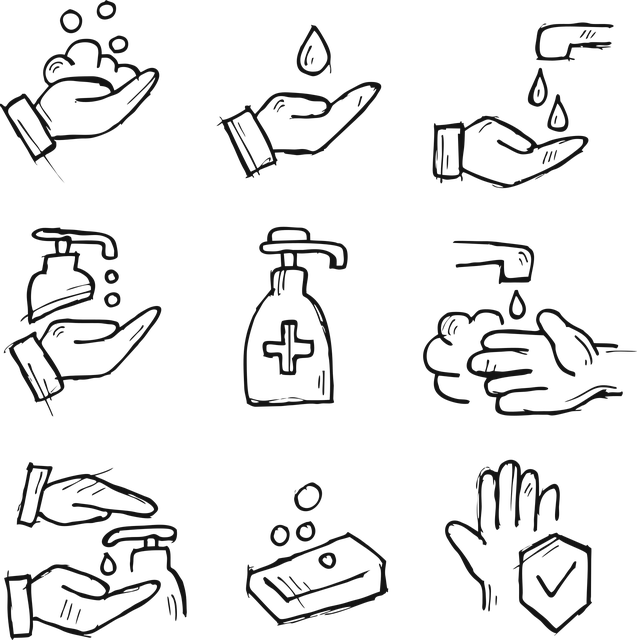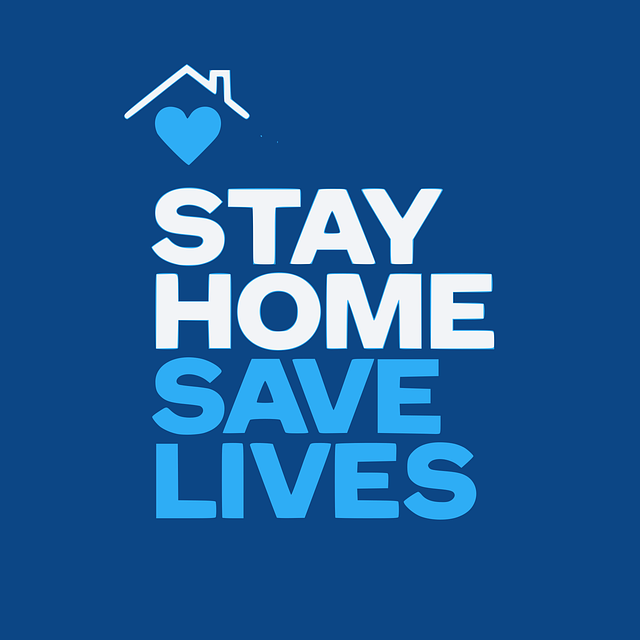Recently the government made the announcement that on 12th of April 2021 all non-essential businesses could finally reopen. Although we are all still living through the Coronavirus pandemic, this was welcoming news because it meant that the UK was finally returning to a certain level of normalcy.
This meant that people who were on furlough or who were working from home would be able to go back to work. This also meant that there would be new job openings and many new opportunities for the unemployed to find jobs.
Unfortunately, this also means that public transportation, such as buses and trains, will be overflowing with people going back to work. So for all the individuals who do not own a car or do not have the option of walking or cycling to work because the journey is too far and are forced to use public transportation, how are they supposed to stay safe during the pandemic?
Even with the vaccine rollout in full swing, the government still advises us that we still need to play it safe when we leave our homes. There are still certain guidelines that we have to follow to ensure that the number of Coronavirus cases do not increase. There are a number of things we can do to stay safe when traveling on public transportation during the pandemic.
Plan your journey in advance.
During pre-Covid times, you would have been able to take your normal route to work. However, because of the pandemic, there may be reduced bus service in certain areas and some train stations may no longer be in use. In these uncertain times, it is wise to plan your journey in advance to ensure that you make it to work on time.

Check bus schedules, look up train routes, and find out how much your journey would cost. Look for the fastest and safest route to work and see if you can travel at quieter times. Try to avoid traveling to work during rush hour. Discuss with your line manager or employer if you could travel to work at a different time.
Wear a face covering.
Another way you could stay safe on public transportation is by wearing a face covering. You could wear a piece of cloth, a scarf or a surgical mask. Make sure that you cover your nose and mouth.

Some people have the tendency to wear face coverings incorrectly. They may leave their noses exposed or they wear the face-covering on their chin instead of covering their nose and mouth as they are supposed to. It is important to wear face-covering correctly because it will protect you from catching the virus from someone else.
Maintain social distancing as much as possible.
The risk of catching Coronavirus increases when you stand or sit closer to someone who may have the virus. This risk increases exponentially when on public transportation. While you are traveling to work whenever it is possible, keep two meters away from people and try to minimize the time you spend around them.

You can follow this guideline while standing in the bus stop or station while you wait. No one should be sitting next to you when you are traveling on the bus or train. Wear your face covering at all times while traveling on public transportation. Many people are still working from home so public transportation may not be as full as it was before the pandemic.
Wash your hands before and after your journey.
To reduce the risk of transmitting Coronavirus, government guidelines state that we should wash our hands as often as possible. If you can, use antibacterial soap and hot water to wash your hands because it will kill the virus. Thoroughly wash your hands for at least 20 seconds.

While you are traveling, if you do not have access to a place where you can wash your hands, use a hand sanitizer instead. Make sure that you carry a hand sanitizer or use sanitizer provided at stations.
Follow government advice for safer travel.
You can find plenty of information regarding safer travel during the pandemic on the government website. You should only travel when it is absolutely necessary, for example, for medical reasons, to go shopping, or to meet with another household who is part of your support bubble.
Although most businesses have reopened, the government still advises that we should work from home if we can. Even if you have been vaccinated, you still need to follow government guidance because it is still possible to spread the virus to others.

Do not travel if you have been exposed to someone who has Coronavirus or is showing symptoms of it. You also should not travel if you are experiencing symptoms of Coronavirus. If you need to travel, try to walk or cycle whenever it is possible.
For more information regarding safer travel and what you can and cannot do during the Coronavirus pandemic, please visit the government website at Gov.uk
.



